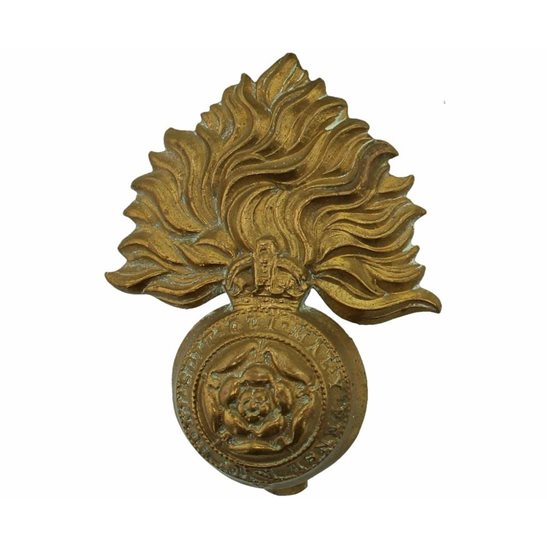Personal Details
Born: In 1876 in Hebden Bridge, Yorkshire and was baptised on 22 December the same year in the Church of St. James and St. John, Hebden Bridge.
Family: He was the second of seven children born to Richard Crabtree, a butcher and his wife Hannah, nee Wadsworth. He married Eliza Sharpes on 25 April 1900 in Whitchurch, Shropshire. The couple had six children, William E W, Violet I, Muriel G E, George R A, Myra O E and Alfred.
Residence: In 1881 his family were living at 223 Bury New Road, Cheetham, Prestwich, Lancashire. In 1901 and now married he and his wife were at 227 Onslow Drive, Dennistoun, Glasgow, Lanarkshire. By 1911 they had moved to 57 Brudenell Road, Leeds, Yorkshire. At the time of his enlistment in 1915 the family were still in Leeds but at 5 Reginald Street, Chapeltown. When he was discharged from the Army in 1918 he gave his address as 29 Ael y Bryn, Garden Village, Wrexham, Denbighshire. At the time of his death in 1936 his home was 12 Hathershaw Lane, Oldham, Lancashire.
Employment: He was a butcher.
Died: 10 August 1936 at the Rous Memorial Hospital, Newmarket, Suffolk, aged 61.
Military Details
Regiment: Royal Fusiliers
Rank: Private
Service Number: G/28098
Date of Enlistment: 11 December 1915
Date of Discharge: 25 January 1918
Reason for Discharge: No longer physically fit for war service
William was awarded the Campaign Medals (British War medal and Victory medal) and the Silver War Badge (number 310825) issued 30 January 1918.

The British War Medal (also known as 'Squeak') was a silver or bronze medal awarded to officers and men of the British and Imperial Forces who either entered a theatre of war or entered service overseas between 5th August 1914 and 11th November 1918 inclusive. This was later extended to services in Russia, Siberia and some other areas in 1919 and 1920. Approximately 6.5 million British War Medals were issued. Approximately 6.4 million of these were the silver versions of this medal. Around 110,000 of a bronze version were issued mainly to Chinese, Maltese and Indian Labour Corps. The front (obv or obverse) of the medal depicts the head of George V. The recipient's service number, rank, name and unit was impressed on the rim.
The Allied Victory Medal (also known as 'Wilfred') was issued by each of the allies. It was decided that each of the allies should each issue their own bronze victory medal with a similar design, similar equivalent wording and identical ribbon. The British medal was designed by W. McMillan. The front depicts a winged classical figure representing victory. Approximately 5.7 million victory medals were issued. Interestingly, eligibility for this medal was more restrictive and not everyone who received the British War Medal ('Squeak') also received the Victory Medal ('Wilfred'). However, in general, all recipients of 'Wilfred' also received 'Squeak' and all recipients of The 1914 Star or The 1914/1915 Star (also known as 'Pip') also received both 'Squeak' and 'Wilfred'. The recipient's service number, rank, name and unit was impressed on the rim.

The Silver War Badge was issued in the United Kingdom and the British Empire to service personnel who had been honourably discharged due to wounds or sickness from military service in World War I. The badge, sometimes known as the "Discharge Badge", the "Wound Badge" or "Services Rendered Badge", was first issued in September 1916, along with an official certificate of entitlement.

